Food choices play an important role in preventing hypertension
Most people know that consuming less sodium helps lower blood pressure, but the important role of potassium is often overlooked. Potassium relaxes the blood vessels so that blood flows through them more easily, with less pressure. Also, the more potassium you consume, the more sodium your body will excrete in urine.
A review of the scientific literature published in Advances in Nutrition in 2014 shows that, in people with high blood pressure, the sodium-to-potassium ratio is more strongly associated with blood pressure levels than either sodium or potassium alone. Our modern diet is higher in sodium from processed foods and dining out, and lower in potassium due to consuming far less fruits and vegetables than recommended.
A 2011 study used data from the Third NHANES (National Health and Nutrition Examination Survey) that tracked more than 12,000 adults for 15 years. People who had a higher sodium-to-potassium ratio had increased blood pressure levels and risk of cardiovascular disease, as well as a greater chance of dying for any reason, with no differences for sex, race/ethnicity, body mass index, blood pressure levels, education, or physical activity.
The DASH (Dietary Approaches to Stop Hypertension) study clearly showed that changing the way we eat has an important effect on blood pressure and cardiovascular disease risk. The DASH eating plan is based on fruits, vegetables, fat-free or low-fat milk and milk products, whole grains, fish, poultry, legumes, seeds, and nuts. It also contains less sodium, sweets, added sugars and beverages containing sugar, fats, and red meats than the typical American diet. This heart-healthy way of eating is also lower in saturated fat, trans fat, and cholesterol and higher in nutrients that are associated with lowering blood pressure—mainly potassium, magnesium, calcium, protein, and fiber. Following the DASH guidelines decreases sodium intake and increases potassium, and is a practical, simple way to improve your overall health.
Use these 7 strategies to improve your health by consuming more potassium and less sodium:
- Include 3-6 servings of vegetables in your daily food choices. One serving of vegetables is 1 cup raw, leafy vegetables or ½ cup chopped or cooked vegetables. Vegetables are good sources of potassium and are naturally low in sodium.
- Include 4-6 servings of fruit in your daily food choices. One serving of fruit is 1 medium-size piece of fresh fruit or ½ cup fresh, frozen or canned fruit. Fruit is also a good source of potassium and low in sodium.
- Avoid using canned or frozen vegetables with added sodium. Replace processed snacks like chips, crackers, pretzels and cookies with fresh fruit or raw vegetables.
- Fill half your plate at meals with vegetables and fruit to increase potassium.
- Read the nutrition label on processed foods and look for foods with no more than 140 mg sodium per serving. Take this one step further by keeping total sodium content for each meal at less than 800 mg.
- Use a variety of salt-free herbs and spices when cooking instead of salt. The good news is that our taste buds adapt to a lower sodium diet, and over time you’ll learn to enjoy foods prepared with less salt.
Most people reach for banana when they want a higher-potassium food, and while bananas are a good source of potassium, there is a wide range of other vegetables and fruit that are also good potassium sources.
Sources of Potassium
Some fruit and vegetables that are highest in potassium:
Apricots
Cantaloupe
Honeydew melon
Oranges
Raisins
Avocados
Dates
Kiwi
Peas
Sweet potatoes
Bananas
Grapefruit *
Lima beans
Potatoes
Tomatoes
Broccoli
Greens
Mushrooms
Prunes
Winter squash
* Talk with your healthcare provider before eating grapefruit or drinking grapefruit juice if you are taking a cholesterol-lowering drug.
By Lynn Grieger, RDN, CDE, CPT, CHWC
Copyright foodandhealth.com, reprinted with permission

